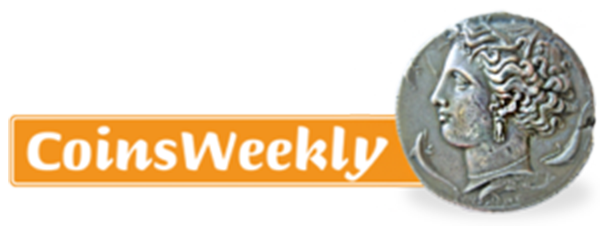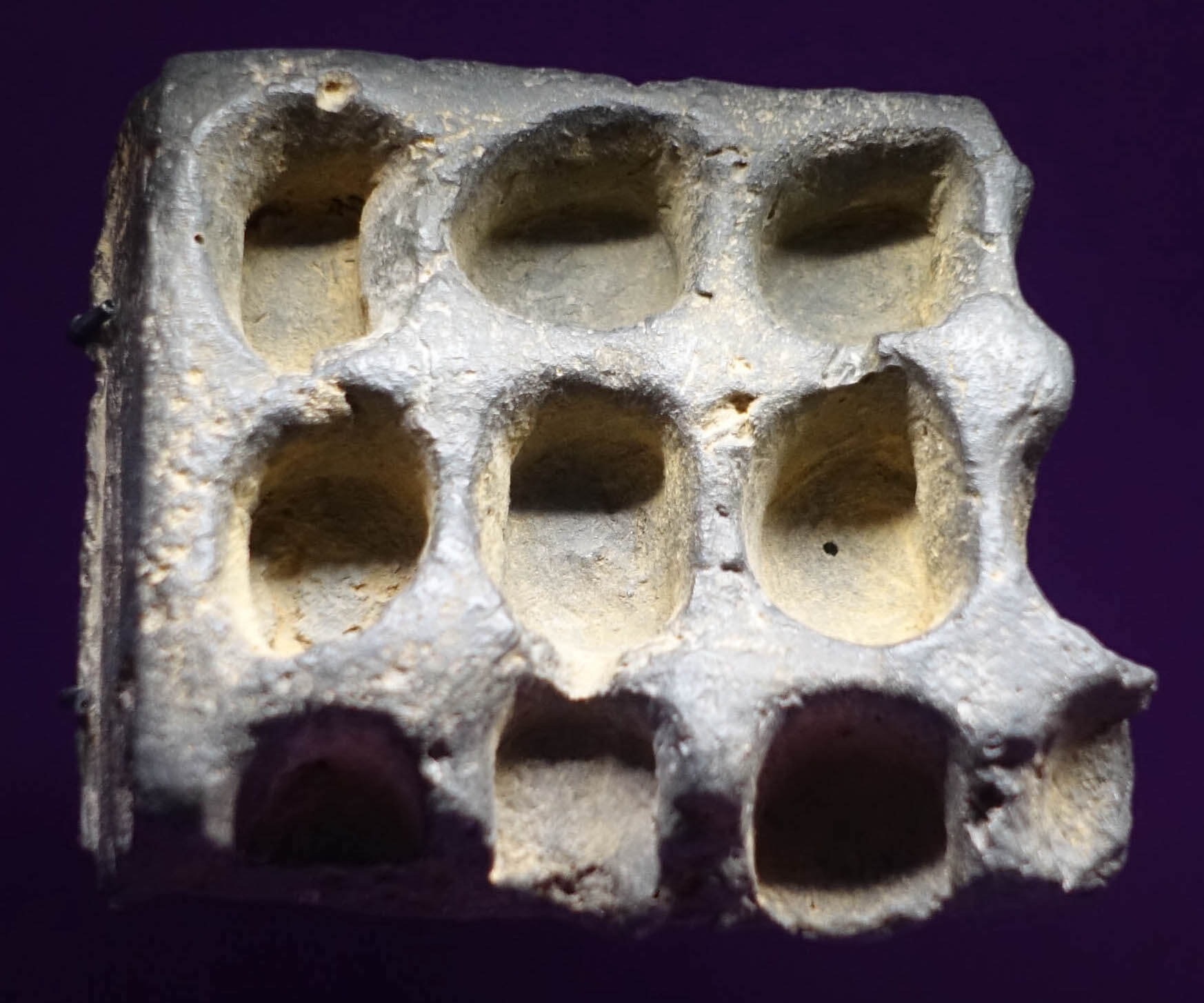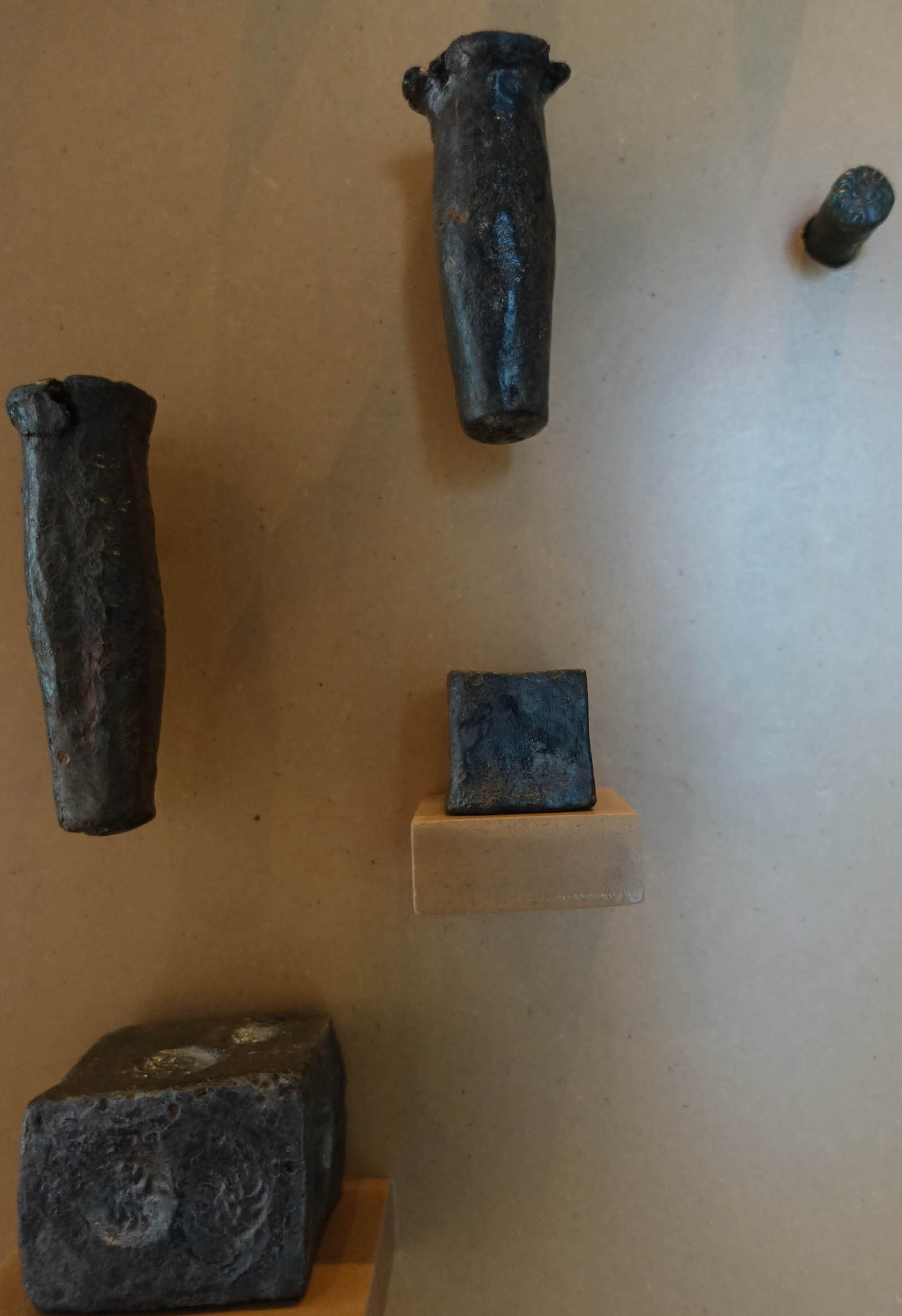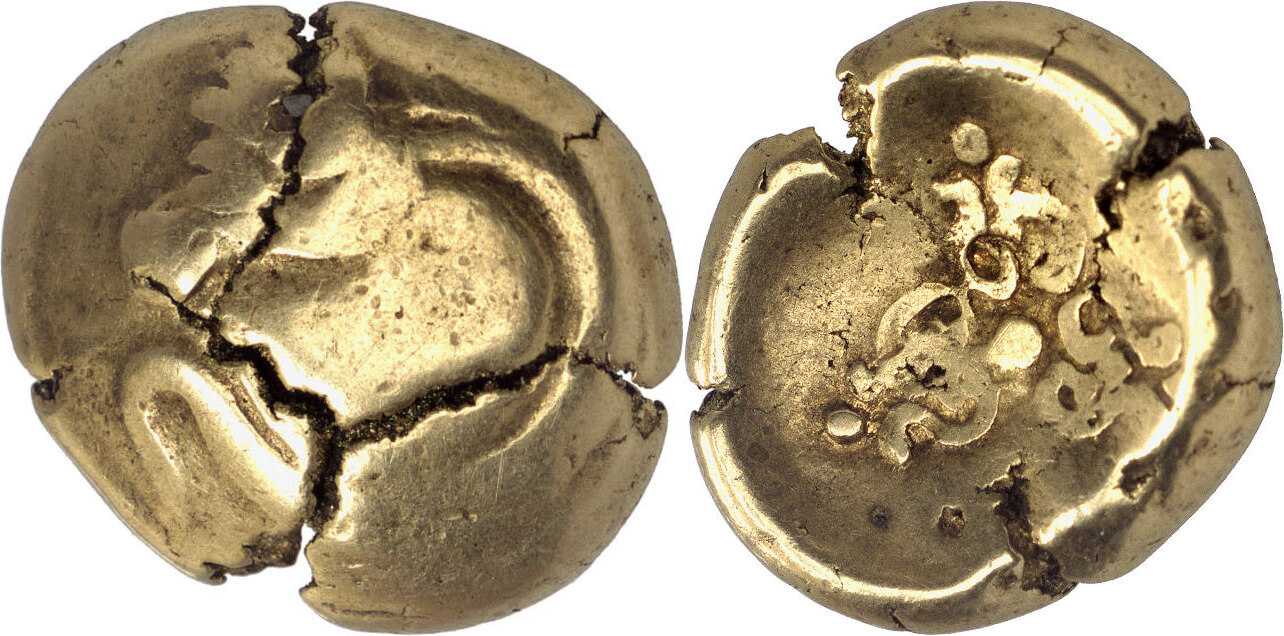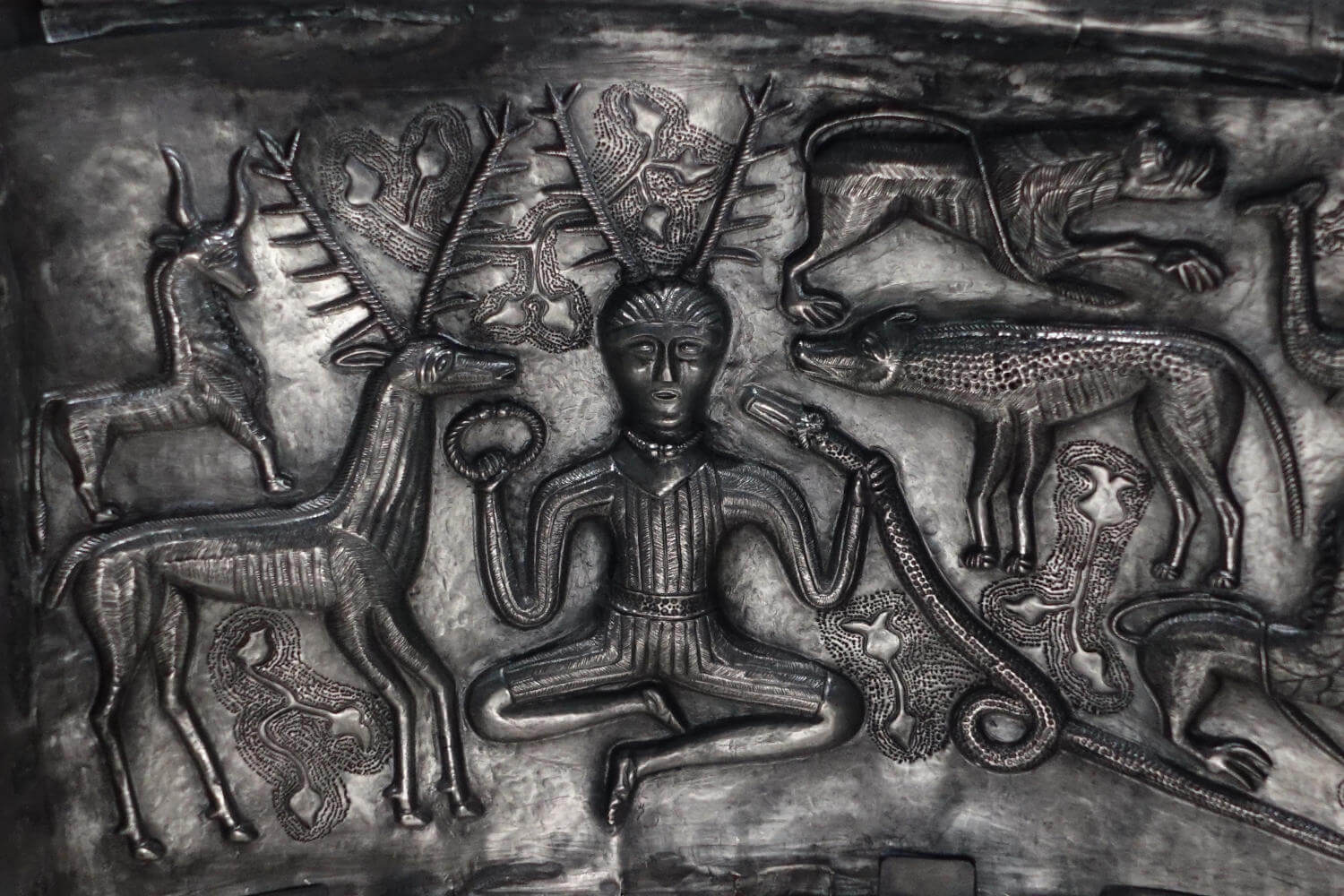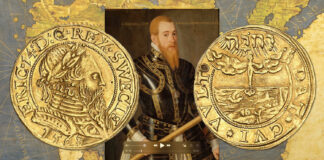Bavarians know that you will find a treasure if you dig at the end of a rainbow – but, of course, you will only be able to unearth it if you have a pure heart. This legend was very widespread in the early modern period, it even gave name to a coin type: the rainbow cup.
Of course, it wasn’t dwarves or leprechauns who buried these small gold coins with a weight of about 7.5 g. Rainbow cups were produced by people whom – to simplify – are lumped under the term “Celts” today. Dating all their coins is very difficult. That’s why even scholarly catalogs usually refrain from doing so. Roughly speaking, heavier rainbow cups seem to be older than lighter specimens. The time period in which they were minted could range from the late 3rd century to the middle of the 1st century BCE. But you should not take these dates too seriously. Research is ongoing and these figures could change quickly.
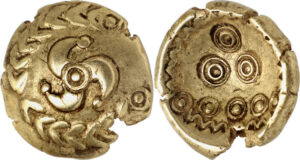
Who Minted Rainbow Cups?
Anyone who deals with Celtic coins must be able to put up with unanswered questions because there are barely any unambiguous facts. It isn’t known, for example, by whom the rainbow cups were minted. Traditionally, Celtic coins were assigned to the “tribes” who – at the time of Cesar – lived in the region where the coins are found today. But this assumption is a questionable theory of the 19th century, when peoples of the past were understood as settled mini nations that laid claim to “their” territory just like the German or the French states did.
Who were, for instance, the “Vindelici”, after whom the Romans named their administrative center in Raetia – Augusta Vindelicorum (= Augsburg)? Since when had they been living in Southern Germany between Lake Constance and the Inn River? Did they consider themselves one people? Or did their Roman enemies, to whom the only written sources about the Vindelici are owned, simplify the situation?
One certainly mustn’t think of the Vindelici as a group of persons who considered themselves Celts or even Vindelici and wanted to mint Celtic coins with Celtic motifs to express their people’s cohesion and identity.
What is known is that a large trading center had been near Manching – not far from today’s Ingolstadt – since the 3rd century BC. This site has been archaeologically researched and rainbow cups as well as the tools they needed for their production were found there. However, of course, rainbow cups, spot plates and coins dies were also found outside Manching. Some of them in remote areas where remains of Celtic settlements have not been found (yet).
It is not known who lived in Manching, how the settlement was organized and whether there was a ruler of Manching who resided as splendidly as is known from the Swabian princely tombs of the Hallstadt period (800-450 BC).
But it is known, on the other hand, that one must not apply the concept of modern coinage privileges to the ancient world. It’s quite likely that there was no monopoly on coinage. So one has to consider the possibility that rainbow cups might not only have been produced by a state authority but also by religious or economic groups.
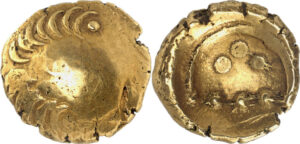
What Was the Purpose of Rainbow Cups?
Therefore, it is also not known what the purpose of rainbow cups was. They certainly weren’t used the way modern coins are, i.e. exclusively for monetary purposes to facilitate economic transactions. Most written sources – which, of course, have not come down from Celtic insiders but from Greek scholars and Roman generals – indicate that coins had a kind of gift character in the Celtic world.
Men and women who wanted to retain a retinue did so by means of generous gifts. Strabo (63 BC – AD 23), for example, recounts in his Geographica that the Averni king Luernios threw gold and silver coins from his chariot among his entourage. And C. Iulius Caesar (100-44 BC) writes in his Bello Gallico about princes who distributed gold, silver and money among their supporters. The rich gold finds in Celtic tombs indicate that owning precious metal seems to have been a crucial criterion for the status of a Celt.

Gifts were also handed over or promised if one wanted to influence a decision. This has nothing to do with the modern concept of bribery. The custom was based on an ancient principle according to which every human relation must be established and maintained by means of a gift and a counter-gift. And both parties must strive for balance: everyone is obliged to answer a gift with a counter-gift according to their position; although there is no rule as to when this has to happen.
This culture was based on a completely different economic system, a system based on the self-sufficiency of every household, which produced everything it needed for everyday life. Therefore, only luxury goods and particularly effective tools had to be acquired by means of trade – or by exchanging gifts.
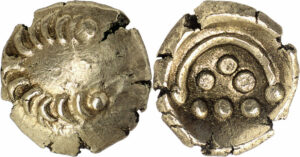

It is not known when Celtic gold coins moved from being a standardized gift to being a means of payment. The production of fractional pieces and coins made from base metal suggest that they were used as means of payment at that time.
All finds of Celtic coins that came to light in the past are readily associated with religious rituals. But here, too, there are more questions than answers because written sources are lacking. They could have been used as offerings of a community but they could just as well be the fortune of a rich family that entrusted its treasure to the ground in times of crisis.

What Do Celtic Coins Depict?
Thus, there are a lot of questions. And regarding the motifs things aren’t different. Is the bird’s head on rainbow cups an eagle, a vulture or even a dove? All these possibilities have been suggested by scholars.
Is the ring with the thick ends a torc? What does the number of spheres refer to? Are the minor changes regarding the head a matter of an engraver’s personal style or do they indicate when the coins were minted?
Is the serpent really a snake with ram head as it is depicted on the Gundestrup Kettle? Anyway, the origin, dating and interpretation of this kettle is so controversial that it doesn’t help to understand the coin image either.
You see. When it comes to Celtic coins, there are more questions than answers. But there’s at least one thing that can be explained to you, namely where the belief came from according to which you can find a treasure at the end of a rainbow. People have always maintained that there is a causal connection between temporal coincidences. And they noticed that there was often a rainbow to be seen whenever they found a gold coin. Well, a rainbow appears when there is rain and sun at the same time. A lot of rain washes away the soil and often pools in concave objects like rainbow cups. So when the sunshine hits their wet surface, these objects shine and can be easily spotted at great distance on the dark soil.
Today, nobody has to chase rainbows in search of rainbow cups anymore. The most beautiful examples of these mysterious coins can be purchased in the upcoming Künker auction 366 from the Christian Flesche Collection.
Further reading:
Bernward Ziegaus, KeltenGeld. Sammlung Flesche. Published by the State Coin Collection in Munich in 2010; the book can be purchased from Künker’s online shop.


